1
SET THE SCENE

A successful lighting scheme is designed to be multi-functional, providing clear light for close activities, such as reading, and gentler light for relaxing. Ceiling fittings, however striking, should never be the only light source. A layered arrangement of dimmable wall, table, floor and ceiling lights is more flexible.
2
LOOKING GOOD
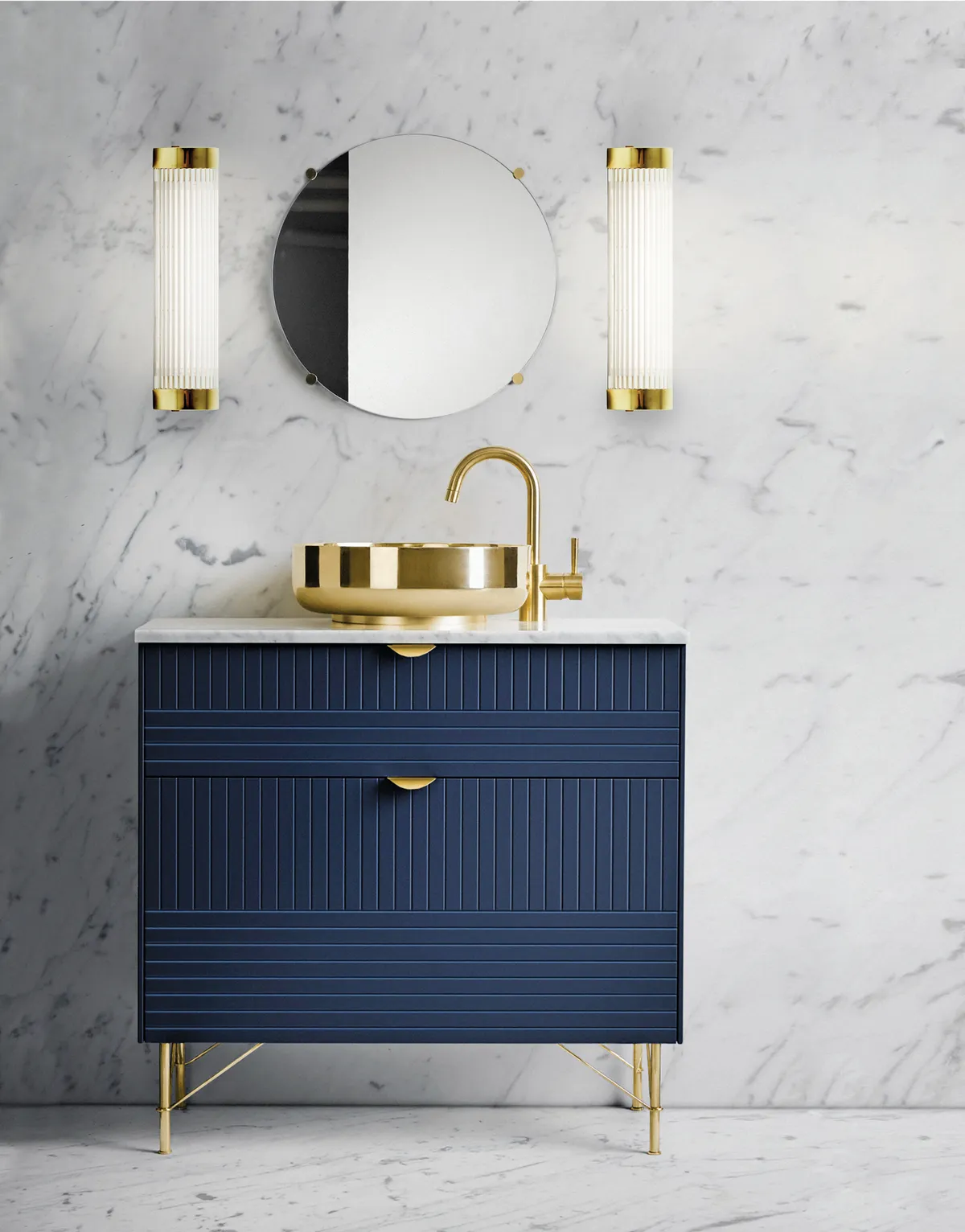
Lighting schemes that combine general, task and feature lighting give a bathroom more character but, for safety, it’s important that each fitting should carry the correct ingress protection (IP) rating for its position in the room. Lights rated IP65 may be used above the bath to a height of 2.25m and those rated IP44 are safe to use 60cm outside the perimeter of the bath or shower and around the basin.
3
THE TREND FOR TRIMMINGS

Not since the 1960s – when they were a key accessory in swinging London’s art nouveau-style Biba boutique – have fringed lampshades been so sought-after. Fashion is the inspiration for their current revival, too, but this time around the inspiration comes from the catwalk. Interpreted in a variety of ways, you can follow the trend with Victorian-style shades for a shot of gothic glamour, boho coloured glass shades edged with long silky fronds or adopt a lighter, mid-century look with shorter fringing set in elegant gilded frames.
If you've got a lot of antiques or artworks in your home to consider with lighting, check out our guide to how to light art in your home.
4
NEW TRICKS
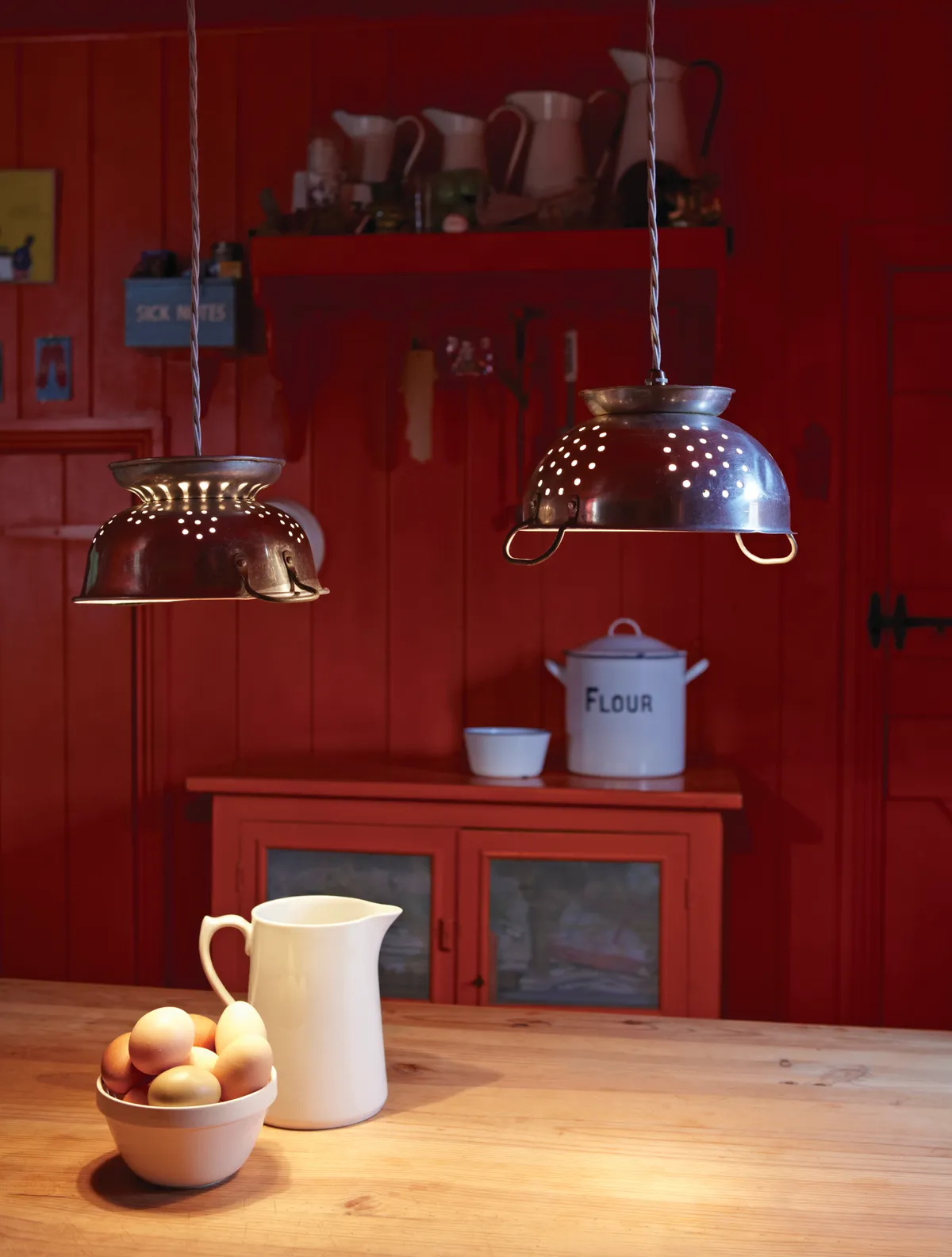
Lamps made from objects that didn’t start out as lighting (especially when fashioned from reclaimed materials) add a quirky accent to any interiors scheme. The idea of converting everyday items into table lamps isn’t new; bases made from ginger jars and tea caddies are a classic feature of country house interiors.Today’s designers prefer a more industrial vibe, using distressed materials that could well have been picked up at a salvage fair, builders’ merchant or hardware shop and, often, the more unexpected the item, the better the end result.
5
CELEBRATE COLLECTIONS
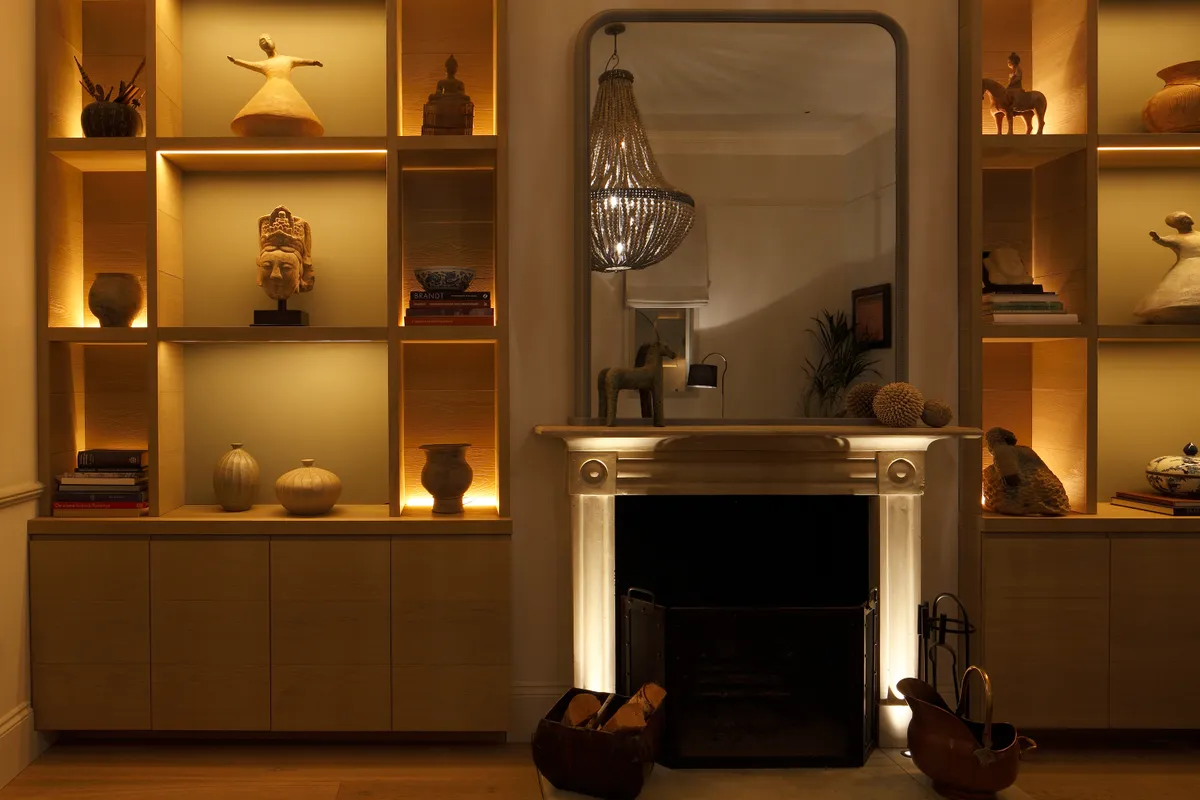
As all collectors know, display is just as important as tracking down the right piece. Lighting is an effective way to draw attention to favourite items. ‘When lighting collections arranged on shelves, consider their most interesting attributes,’ advises Sally Storey of John Cullen Lighting. ‘If the shape is lovely, the shelves they sit on can be backlit using LED tape to throw the objects into silhouette. Glass can be put on top of a cool-running LED uplight to make it glow from within.’
If you're a fan of antique lighting but aren't sure where to start, check out our guide to how to buy antique lighting and what to look out for.
6
GRAND SCALE
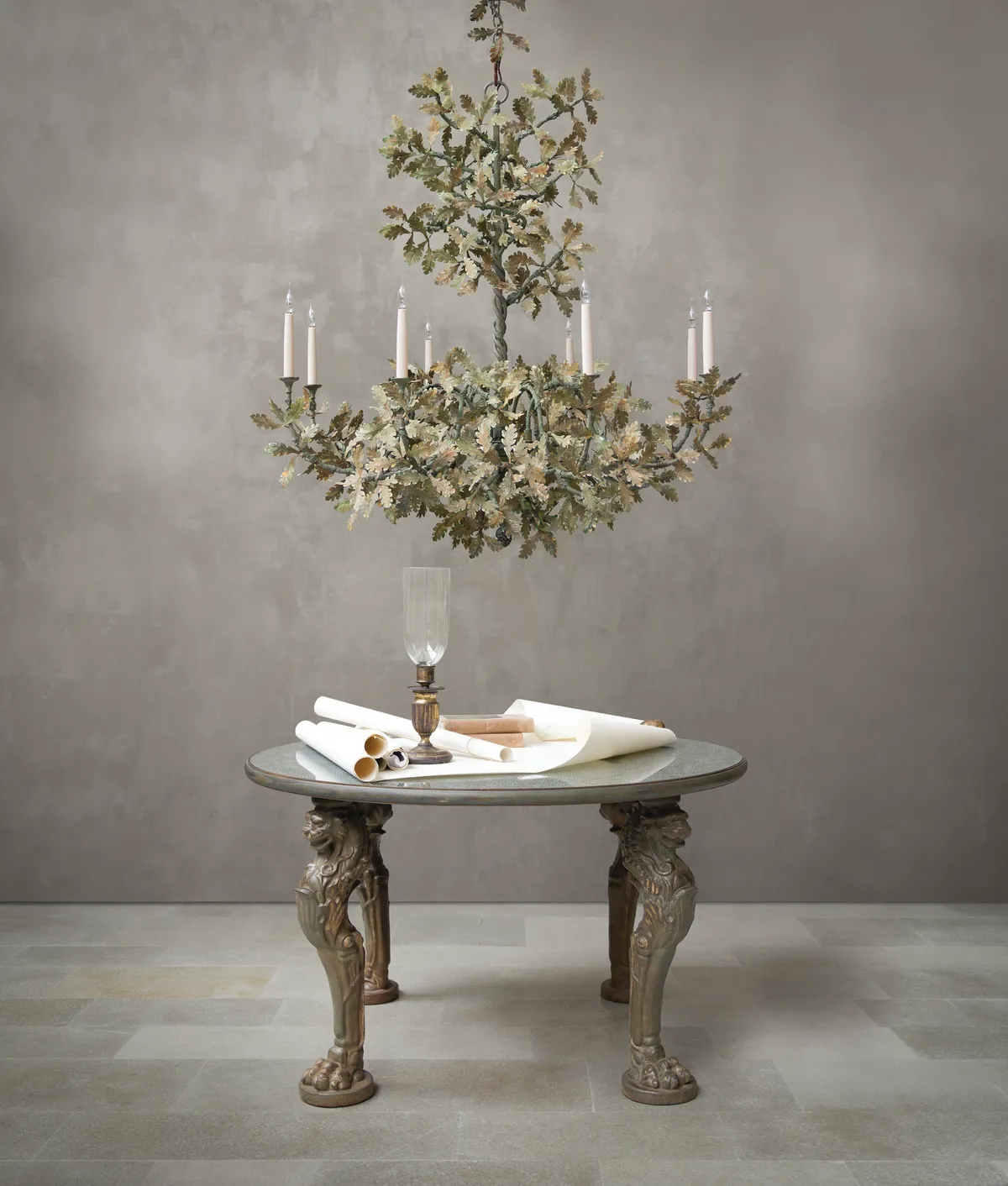
One sure way to make a dramatic statement is with an oversized pendant lamp or chandelier. The entrance hall and the dining table are two areas of the home that lend themselves to this treatment. Suspending a single pendant over a round dining table or twin lamps over a rectangular one ensures it’s the centre of attention. For best effect, fit a dimmer switch so you can control the brightness, and hang the fitting so its lower edge is at eye level of the tallest diner or slightly higher. In the hallway, where there is minimal competition from other furniture, an impressive pendant light will be the focus of attention. Hang it slightly above head height and, in the case of a heavy fitting, of course, ensure that it is well secured.
7
LIGHT IT UP

Though they could have been shrugged off as a passing trend, neon lights, illuminated signs and light boxes have staying power. They add punch to eclectic or industrial spaces and are an obvious fit for teenagers’ and toddlers’ bedrooms. Happily, there’s something for every budget, too – from high street and online copies to increasingly hard-to-find reclaimed and restored advertising signs. If you’re after a particular slogan, Bag & Bones will produce bespoke LED neon-style lights from £225.
8
SWITCHED ON

Their aesthetics are often overlooked but light switches put an important finishing touch to a room. Reproduction Bakelite switches complete a vintage interior, while matt black or oxidised metal backplates complement industrial decor. Chrome and brass create a subtle statement in classic schemes.
9
MAKE AN ENTRANCE
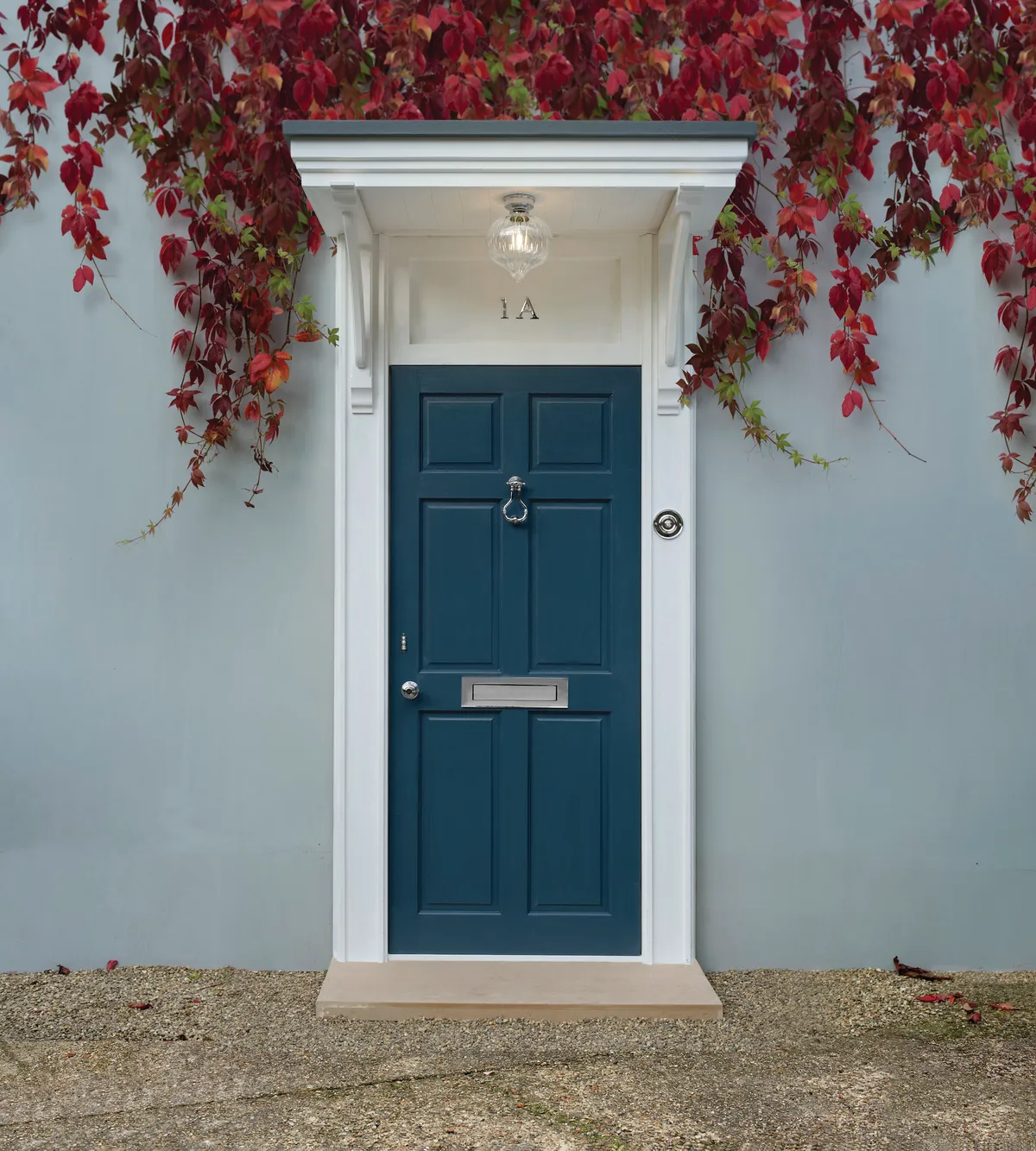
A well-lit front door makes your home look welcoming after dark, helps visitors find their way safely and discourages intruders. Fit a light centrally above the door or a pair of lamps flanking it. Control the light using a timer or a sensor that responds to daylight or to movement.
10
GLOW ON
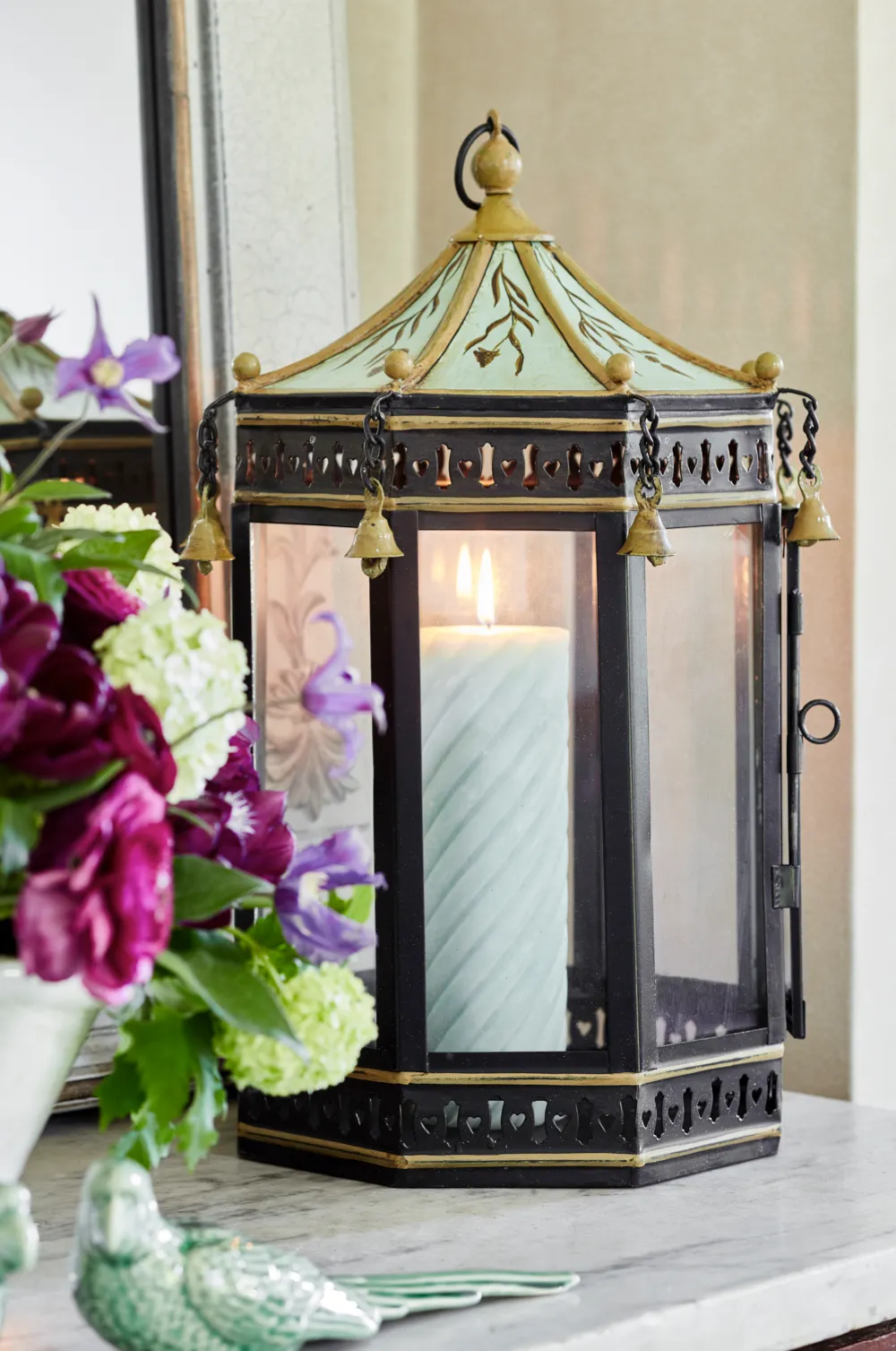
The gentle shimmer of candlelight gives interiors a softer, more elegant look. Lanterns come in a range of sizes and, if they are glazed, protect the flame from draughts and the surrounding area from spilt wax. A candle chandelier is a spectacular way to light a dinner table or console.